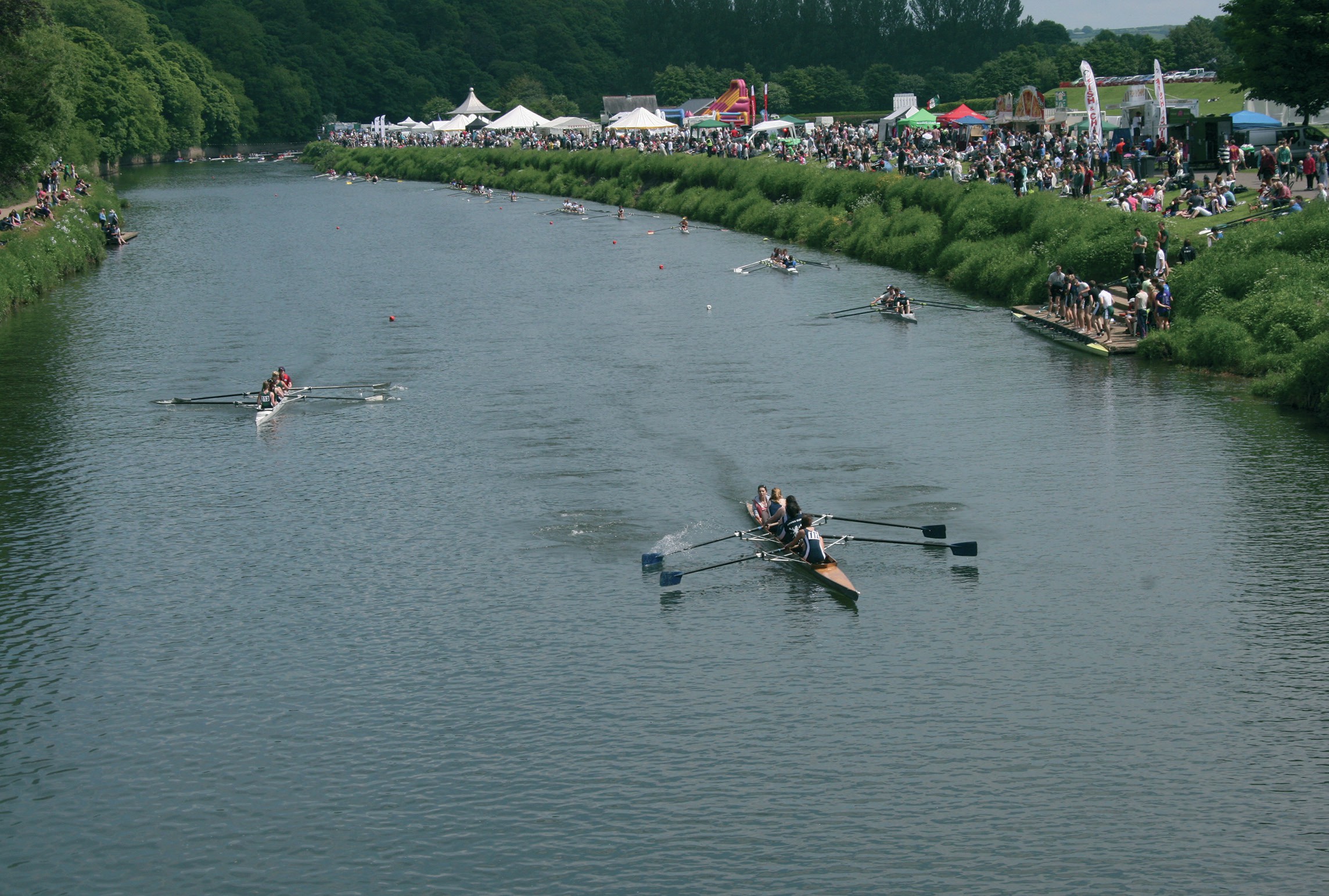
Mass movement is a natural hazard that can take the form of landslides, debris flows or heave (for example caused by freeze–thaw). Box 1 explains the basics of these mass-movement processes. This article puts these processes in context using a case study of landslides in the Wear valley close to Durham during the very wet period, 2012–13.
Mass movements occurred in the casestudy area at various scales. At the smallest scale, many small slumps occurred along the river banks, sometimes disrupting footpath access but otherwise causing little impact. At a larger scale, a major rock failure in Durham city reminds us of the way in which the Durham gorge (see the front cover photo) was gradually eroded in the post-glacial era. The largest landform described is a complex landslide which blocked a cycle route and main footpath for many months. Although they are a natural hazard, in the UK landslides rarely cause loss of life. However they can disrupt local transport and public access routes.
Your organisation does not have access to this article.
Sign up today to give your students the edge they need to achieve their best grades with subject expertise
Subscribe




